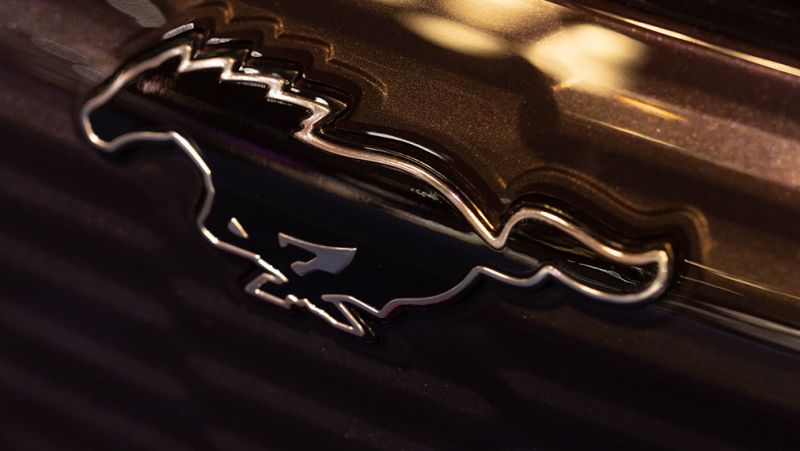Investigators with the National Highway Traffic Safety Administration and National Transportation Safety Board are investigating a fatal crash involving a Ford Mustang Mach-E equipped with advanced driving assistance technology.
The Mach-E drove into the back of a Honda CR-V that was stopped in the road.
“A team of investigators from the NTSB’s Special Investigations Branch of the Office of Highway Safety traveled to San Antonio to examine the wreckage and collect information about the accident site and sequence of events leading to the collision,” the NTSB said in a statement emailed to CNN.
NHTSA also confirmed that it is investigating the same incident. The NHTSA investigation was first reported by the Wall Street Journal.
Federal investigators are looking at dozens of crashes involving so-called advanced driver assistance, or ADAS, systems. Most of the crashes involve Teslas. Tesla’s Autopilot system has been on the market longest and has the largest number of users. But crashes involving vehicles made by General Motors’ Cadillac, Hyundai’s Genesis luxury brand and Volvo are also being investigated, among many others, according to a list provided by NHTSA.
ADAS systems handle basic driving tasks such as keeping the vehicle in its lane while maintaining a safe distance behind vehicles ahead, usually in highway driving only. Some systems, like Ford’s BlueCruise, allow drivers to remove their hands from the steering wheel and their feet from the pedals for long periods of time on specific US highways. But drivers are monitored using an interior camera to ensure they are paying attention to the road.
Fourteen of these systems, including two from Ford, were recently rated by the private Insurance Institute for Highway Safety. Eleven of the systems were rated as “Poor,” including Ford’s BlueCruise hands-free system, and its “Adaptive Cruise Control with Stop & Go and Lane Centering Assist,” which is similar but requires drivers to keep their hands on the steering wheel.
It is not immediately clear which system was in the vehicle that crashed in Texas.
Ford did not immediately respond to a request for comment on the investigation.
IIHS criticized many of the ADAS systems it tested for failing to adequately monitor the driver’s attention and for not doing enough to keep the driver engaged.
NTSB said a preliminary report on the crash will be available in 30 days but a final report into the crash will take one to two years. NTSB chair Jennifer Homendy has criticized NHTSA in the past for being too slow to monitor and regulate these technologies.
Read the full article here




